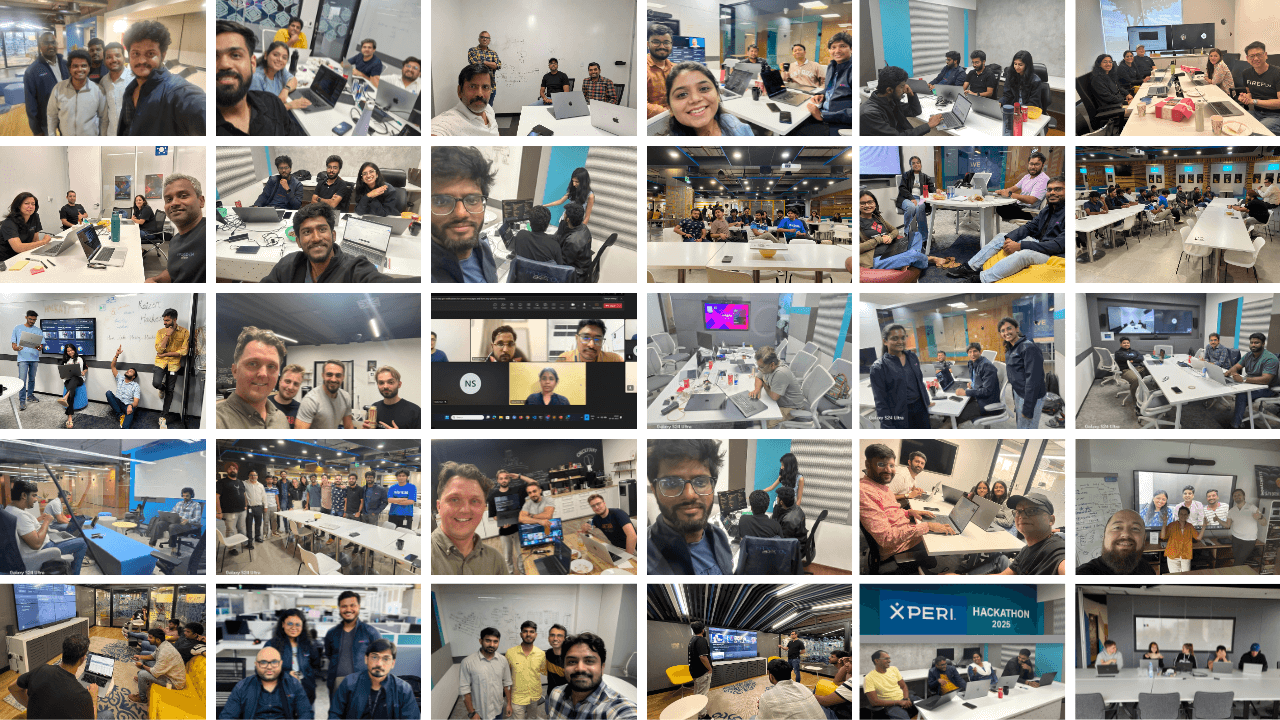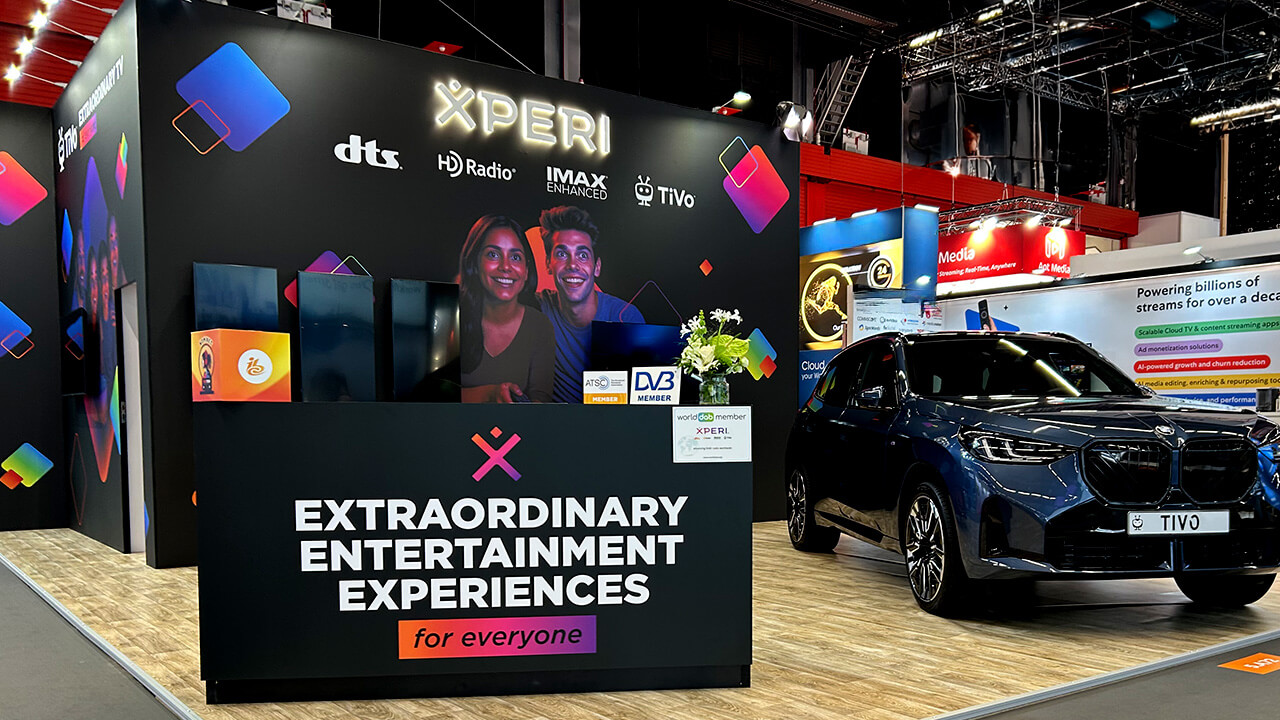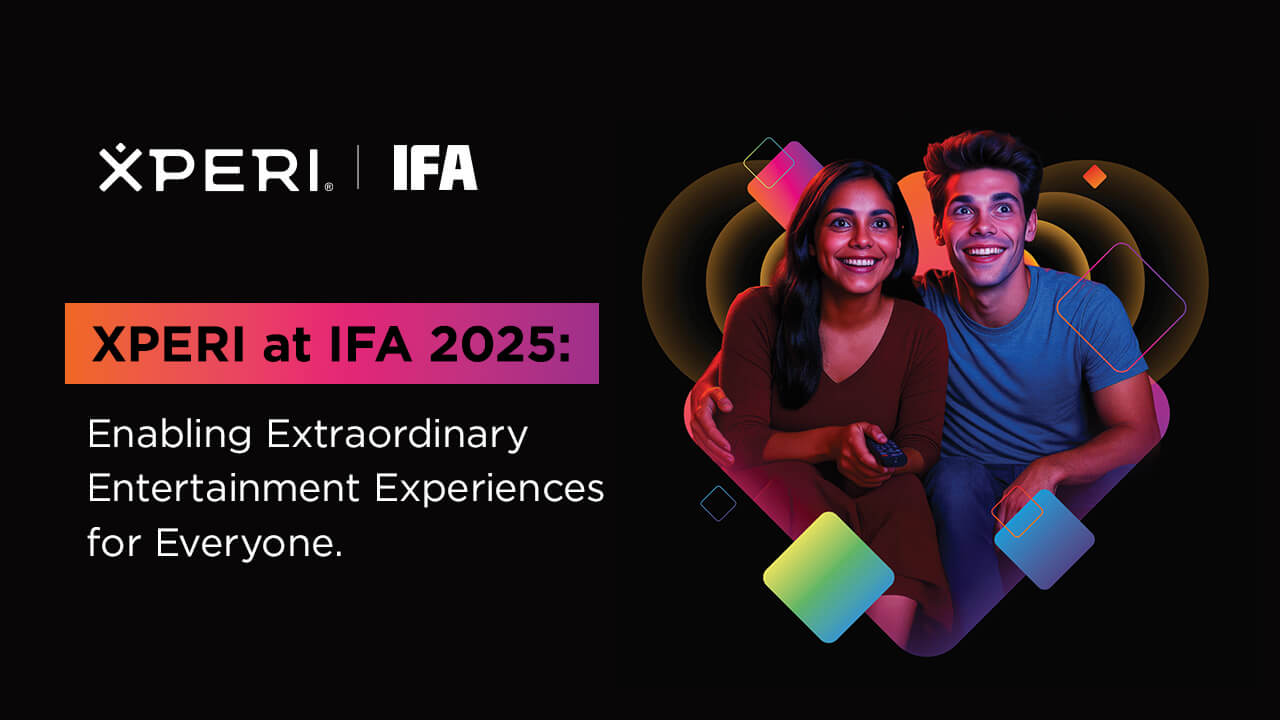Imagine settling in to watch the series finale of your favorite show. You’ve been waiting for this episode all week to see how the story finally ends. Just as the lead character starts to explain a key plot point, the air conditioner turns on, and suddenly, it becomes challenging to hear this crucial moment of dialogue.
“What did they just say?!”
This is one of many frustrating experiences many of us share and highlights a growing challenge in home entertainment: dialogue intelligibility.
What is dialogue intelligibility?
Dialogue intelligibility refers to the clarity and comprehensibility of spoken dialogue in television shows, movies and videos. It describes how easily listeners can understand speech (usually referred to as “dialogue” in the industry) without straining to hear or understand it. Good dialogue intelligibility ensures that viewers can follow the storyline and grasp important details without missing essential information due to poor sound quality, background noise, a viewer’s hearing ability, or other technical or environmental issues.
In the world of home entertainment, the issue of dialogue intelligibility has become increasingly prevalent. Nearly everyone has experienced watching a movie or TV show at home and having trouble understanding the dialogue.
Why is it hard to understand dialogue?
In today’s home entertainment landscape, several factors can contribute to the difficulty of hearing dialogue clearly. Modern TVs prioritize design and picture quality over acoustical performance, with their thinner modern profiles leaving little room for high-quality loudspeakers — a design choice that results in compromised audio quality. Post-processing solutions intended to enhance overall TV sound can sometimes negatively and unintentionally affect dialogue clarity.
The way content is created adds another layer of complexity. Shrinking production budgets and increasing delivery requirements leave less time to optimize audio tracks for various listening environments. Most content is created and optimized in ideal studio settings, not reflecting the average consumer’s living room or equipment. Creative decisions often prioritize artistic expression over clarity.
The listener’s hearing abilities also play a crucial role. Hearing is inherently subjective and different stages of hearing impairment require individualized solutions. A Fraunhofer survey showed that 68% of all study participants have problems understanding dialogue and 90% of people over age 60 have difficulty. This issue is likely to grow as the population ages, making dialogue intelligibility even more critical.
Environmental conditions further complicate the issue; noisy surroundings, such as HVAC systems, traffic and other household noises often mask key characteristics of speech. Small living spaces, close neighbors or sleeping children can also constrain volume levels, making it harder to understand dialogue clearly.
“What did they just say?!”
When no single issue alone creates the problem, how do we begin exploring solutions? To start, we focus on defining a clear problem statement — a critical step in strategic planning and execution. When there is alignment on the problem, it leads to more effective collaboration, improved resource allocation, and a higher likelihood of developing solutions that meet market needs and drive business success. Problem statements are the rallying call to teams and provide crucial “north star” guidance.
In the case of dialogue understanding, the problem statement can be distilled around a pervasive question that cuts right to the point. “What did they just say?” This simple question evokes an emotional response since most people have experienced the issue. We all know exactly how it feels to be unable to hear all of the dialogue clearly. The question also acutely describes the customer’s problem. It is broad enough to give R&D teams wide latitude to approach potential solutions, while product management provides insight into the living room experience, content production challenges and customer empathy, further framing the scope.
The collaboration between product management and R&D is pivotal in solving complex issues like dialogue intelligibility. A well-defined problem statement is a guiding beacon, ensuring that both teams work towards the same goal. With its deep understanding of consumer needs and market trends, product management can provide valuable insights into real-world scenarios where dialogue clarity is most critical. Meanwhile, R&D can leverage these insights to explore innovative solutions and technological advancements. This kind of partnership between R&D and product management ensures that the solutions developed are technically sound and aligned with user expectations and market demands.
When everyone is aligned in this way, we can transform the common frustration of unclear dialogue into an opportunity for innovation and improvement. Our team has been working diligently on this issue to ensure that every line of dialogue is heard and understood, enriching the overall enjoyment of home entertainment.
Now that we know our problem statement, my colleague Martin Walsh will be diving into how we can address the issue.
Stay up to date on the latest insights from DTS by signing up for their newsletter here.



